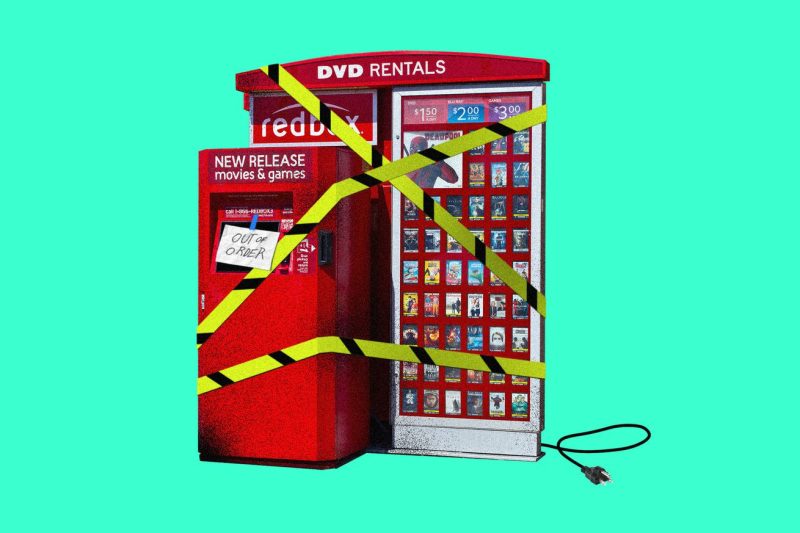Redbox, a familiar sight outside grocery stores and convenience shops, has been a game-changer in the entertainment industry for years. However, recent developments have seen the once-powerful red kiosks undergo a significant power-down. The decline of Redbox raises questions about the evolution of the entertainment landscape and consumer habits.
One key factor in Redbox’s decline is the rise of streaming services like Netflix, Hulu, and Disney+. These platforms offer convenience and a vast library of content at the touch of a button. With more and more consumers opting for the convenience of streaming services, the need to physically rent a DVD or Blu-ray from a kiosk has diminished significantly.
Moreover, the COVID-19 pandemic accelerated the shift towards digital entertainment consumption. Lockdowns and social distancing measures led to a surge in demand for streaming services as people sought entertainment options from the safety of their homes. This shift in behavior further marginalized the appeal of physical media rental services like Redbox.
Another factor contributing to Redbox’s decline is the decline in DVD and Blu-ray sales overall. With the advent of digital downloads and streaming, consumers are increasingly choosing to purchase or rent movies and TV shows online rather than through physical media. This trend has had a direct impact on Redbox’s core business model of renting out DVDs and Blu-rays.
Additionally, the lack of innovation and adaptation on Redbox’s part has also played a role in its decline. While streaming services continue to invest in original content and user experience improvements, Redbox has struggled to keep up. The company’s limited selection, outdated user interface, and lack of exclusive content have failed to attract and retain customers in an increasingly competitive marketplace.
Furthermore, the closure of retail locations, where many Redbox kiosks were located, has further impacted the company’s visibility and accessibility. Reduced foot traffic and the shift towards online shopping have made it more challenging for Redbox to maintain its presence in physical locations, further eroding its market share.
In conclusion, the decline of Redbox highlights the shifting trends in consumer behavior and the rapidly evolving entertainment industry. While the company was once a dominant player in the DVD and Blu-ray rental market, changes in technology, consumer preferences, and market dynamics have posed significant challenges to its business model. Moving forward, Redbox will need to innovate and adapt to survive in an increasingly digital and on-demand entertainment landscape.

